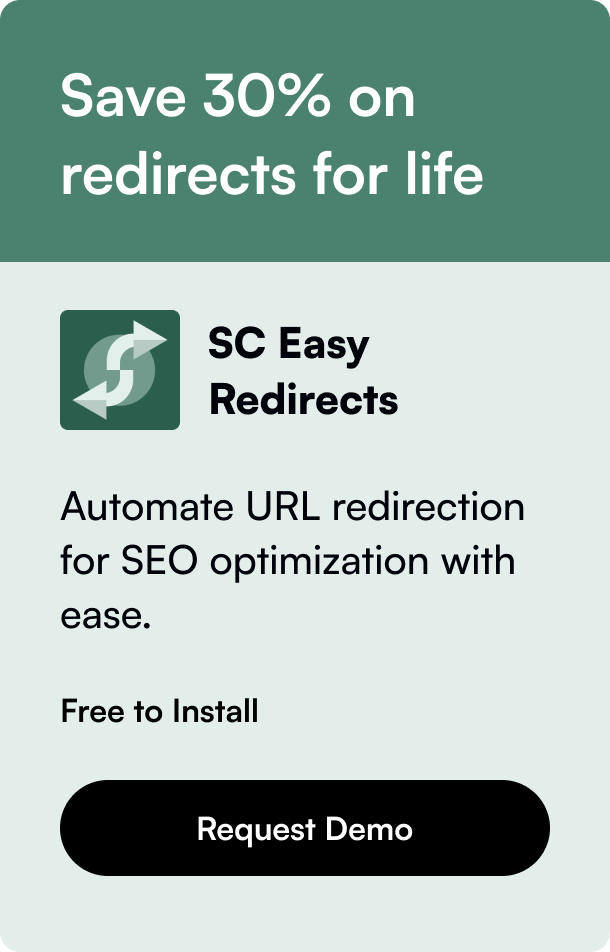Table of Contents
- Introduction
- Understanding Image Aspect Ratio
- Utilizing the Shopify Image Editor
- Best Practices for Image Sizing
- FAQs
- Conclusion
Introduction
In the fast-paced world of online retail, the visual appeal of your Shopify store plays a critical role in capturing the attention of potential customers. Imagine browsing through a store where the images are pixelated, too large or too small - it's off-putting, right? This is precisely why understanding how to change image size in Shopify is essential. This comprehensive guide aims to demystify the process, ensuring your product images perfectly complement your online storefront. By the end of this post, you will not only understand the importance of image resizing but also be equipped with the knowledge to enhance your store's visual appeal, making it more engaging and user-friendly.
In today's digital marketplace, quality images are the heartbeat of any successful online store. They convey the value of your products, promote brand consistency, and, most importantly, influence buying decisions. Recognizing the power of well-optimized images, this guide provides a step-by-step approach to adjusting image sizes, ensuring they're tailored to both your brand aesthetic and the technical requirements of the Shopify platform.
Understanding Image Aspect Ratio
One of the foundational elements of image resizing is comprehending aspect ratio. An image's aspect ratio denotes the relationship between its width and height. It's a crucial factor because maintaining a consistent aspect ratio across all your product images ensures a cohesive and professional appearance. For instance, Shopify recommends a 1:1 square aspect ratio for product images to optimize display across both desktop and mobile devices.
Maintaining a consistent aspect ratio does more than just enhance appearance; it aids in ensuring that your images display correctly on various sections of your website, from product pages to collections. It eliminates awkward cropping or stretching, which can detract from the quality of your products.
Utilizing the Shopify Image Editor
Shopify simplifies the process of image resizing through its in-built image editor. This tool allows you to crop, resize, or change the orientation of your images directly within your Shopify admin. Here’s how you can leverage it:
- Accessing the Image Editor: Navigate to the 'Products' section in your Shopify admin, select a product, and then click on the image you wish to edit.
- Cropping for Consistency: Use the cropping tool to adjust your images to have the same aspect ratio. This feature is handy for creating uniformity across your product collection.
- Resizing Essentials: Changing the actual size of an image is straightforward with the resize option. Remember, adjusting an image's aspect ratio by resizing could lead to distortion. Instead, focus on cropping for aspect ratio adjustments.
Shopify also offers novel features like background removal and orientation change, enhancing your images' look and feel without relying on external editing tools.
Best Practices for Image Sizing
While Shopify's image editor is robust, adhering to some best practices before uploading images can save time and ensure quality:
- Optimal Image Size: For product images, Shopify recommends a resolution of 2048 x 2048 pixels. This size ensures clarity across devices without unnecessarily slowing down your site.
- File Types: Use JPG for most product images due to its balance of quality and file size. Consider PNG for images requiring transparency.
Moreover, while Shopify’s image editor is a powerful ally, external tools or Shopify apps like All-In-One Image Master provide advanced features for batch processing, further aligning with the goal of maintaining a cohesive visual experience across your storefront.
FAQs
How does resizing images impact my store's speed?
Properly resized images consume less bandwidth, leading to faster loading times. Ensuring your images are not larger than necessary is vital for maintaining an optimal store performance.
Can I bulk edit images in Shopify?
Shopify does not currently offer a feature for bulk image editing within the admin panel. However, third-party apps available in the Shopify App Store facilitate this process, allowing for efficient resizing and editing of multiple images at once.
Will resizing affect the quality of my images?
If done correctly, resizing should not noticeably degrade the quality of your images. It's essential to start with high-resolution images and use the correct tools for resizing to maintain quality.
How can I ensure my images look good on mobile and desktop?
Utilizing the recommended square aspect ratio (1:1) and sticking to the suggested image sizes ensures that your images display well across devices. Shopify’s responsive design takes care of the rest, adjusting your images to look their best on any screen.
Conclusion
Visual content is king in the realm of e-commerce, with product images acting as the frontline infantry in the battle for consumer attention. Mastering the art of resizing and optimizing these images within Shopify is more than just a technical task; it's a strategic move to enhance user experience, engagement, and ultimately, conversions. By applying the insights and practices outlined in this guide, you're well on your way to creating a stunningly visual Shopify store that not only draws the eye but also earns the confidence and loyalty of your customers. Remember, a picture is worth a thousand words, so make every pixel count!
FAQ Section
Q: How can I ensure my resized images don't slow down my website? A: Stick to the recommended size of 2048 x 2048 pixels for product images and use the JPG format to balance quality and file size efficiently.
Q: Are there any Shopify apps recommended for image resizing? A: Yes, apps like All-In-One Image Master offer comprehensive solutions for batch processing and optimizing images for Shopify stores.
Q: How often should I review and update my product images? A: Regularly review your product images, especially when adding new products or updating your store's design. Keeping images fresh and consistent improves user experience and reflects well on your brand.








